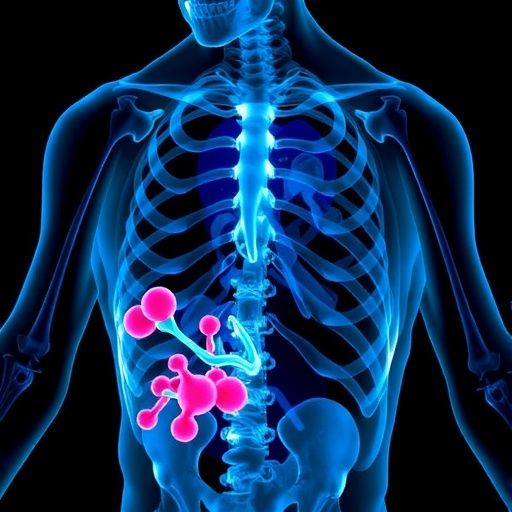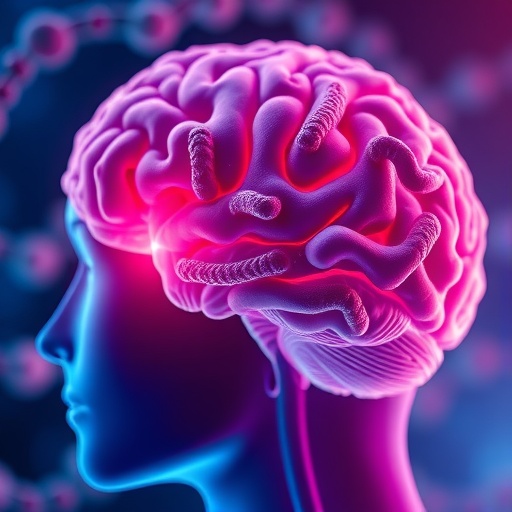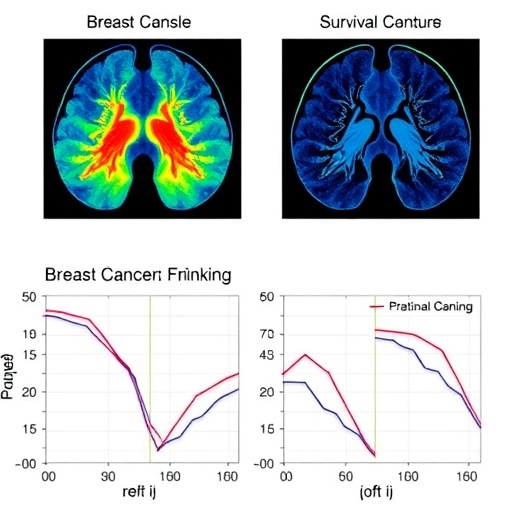In a groundbreaking study recently published in Nature, scientists have unraveled critical insights into the enzymatic underpinnings of Catel–Manzke syndrome, a rare skeletal dysplasia characterized by distinctive craniofacial abnormalities and limb malformations. Using cutting-edge CRISPR–Cas9 gene editing technology, researchers generated novel mouse models to mimic pathogenic mutations found in humans, revealing how disruptions in a single enzyme ripple through metabolic networks to manifest as profound developmental defects.
The focal point of this investigation centers on the TGDS gene, which encodes an enzyme crucial for the biosynthesis of specific nucleotide sugars. These sugars serve as essential building blocks for cell surface glycoconjugates, influencing tissue architecture and signaling. By producing two distinct mutant mouse lines—one harboring a heterozygous frameshift mutation leading to complete loss of TGDS protein function, and the other possessing a heterozygous missense variant (p.Ala100Ser) recurrently observed in Catel–Manzke syndrome patients—researchers dissected the in vivo consequences of TGDS perturbation.
.adsslot_D0xFNL1HMd{ width:728px !important; height:90px !important; }
@media (max-width:1199px) { .adsslot_D0xFNL1HMd{ width:468px !important; height:60px !important; } }
@media (max-width:767px) { .adsslot_D0xFNL1HMd{ width:320px !important; height:50px !important; } }
ADVERTISEMENT
Beyond craniofacial defects, assessment of long bones such as the femur, tibia, fibula, humerus, radius, and ulna demonstrated consistent but mild shortening in mutant embryos. Such findings lend credence to the hypothesis that TGDS dysfunction impairs endochondral ossification or the intricate matrix remodeling indispensable for skeletal elongation. It is noteworthy that despite these measurable skeletal abnormalities, digit morphology remained intact, diverging from some prior clinical reports of digital malformations in Catel–Manzke syndrome variants.
To probe the biochemical repercussions of Tgds deficiency, the researchers employed quantitative metabolite profiling across multiple tissues—brain, liver, kidney, and heart. Strikingly, levels of UDP-4-keto-6-deoxyglucose, a direct product of TGDS enzymatic activity, plummeted by over 80% in brain, liver, and kidney specimens, while remaining undetectable in cardiac tissues. Parallel reductions in UDP-6-deoxyhexose were also documented, indicating upstream substrate perturbations within this sugar nucleotide pathway.
These metabolic aberrations triggered a cascade effect on downstream enzymatic steps. The team observed a notable decrease in UDP-xylose coupled with an accumulation of UDP-glucuronate, suggestive of partial inhibition of UXS1 (UDP-xylose synthase 1) activity. Such dysregulation aligns with prior in vitro evidence implicating TGDS insufficiency in modulating UXS1’s function, further implicating disrupted nucleotide sugar balance as a central mechanism underlying the skeletal phenotype.
Interestingly, the magnitude of metabolite changes in the mutant mice was less pronounced than those previously recorded in cultured human cell lines fully lacking TGDS function. This disparity may stem from residual enzymatic activity contributed by the knockin allele or from the inherent heterogeneity of tissue composition in vivo, where unaffected cell populations could mask alterations confined to vulnerable cell types. This observation emphasizes the challenges of translating in vitro biochemical phenotypes into complex living organisms.
The generated Tgds^A100S/− mouse model thus elegantly recapitulates key clinical features of Catel–Manzke syndrome while providing a unique platform to interrogate the biochemical dysfunction at its root. The study not only confirms TGDS’s critical role in nucleotide sugar metabolism but also offers compelling evidence linking a functional deficiency in UXS1 activity with the observed skeletal malformations. This mechanistic insight offers a new lens through which to understand and potentially target rare congenital skeletal disorders.
Moreover, this research highlights an underappreciated principle in genetic disease pathogenesis— that certain enzyme deficiencies may not simply abolish one metabolic step but instead create a domino effect that inhibits secondary enzymatic functions. Such interactions complicate the metabolic landscape and may help explain phenotypic variability seen in patients harboring similar mutations.
The use of sophisticated µCT imaging to quantitatively measure bone structures provides a robust and non-invasive means to define subtle skeletogenic perturbations, facilitating longitudinal studies as well. Future research could leverage this model to assess postnatal progression and explore therapeutic interventions aimed at rescuing enzyme function or compensating for disrupted sugar nucleotide pools.
In summary, the meticulous dissection of TGDS’s role using genetically engineered mouse models bridges gaps between genotype, biochemical phenotype, and clinical manifestation in Catel–Manzke syndrome. This study exemplifies how modern genome editing and metabolomics synergize to illuminate complex molecular etiologies, offering hope for the diagnosis and treatment of rare skeletal conditions that have long eluded mechanistic clarity.
Subject of Research: Genetic and biochemical mechanisms underlying Catel–Manzke syndrome, focusing on the role of TGDS mutations and disrupted nucleotide sugar metabolism.
Article Title: A missing enzyme-rescue metabolite as cause of a rare skeletal dysplasia.
Article References:
Jacobs, J., Lyubenova, H., Potelle, S. et al. A missing enzyme-rescue metabolite as cause of a rare skeletal dysplasia. Nature (2025). https://doi.org/10.1038/s41586-025-09397-x
Image Credits: AI Generated
Tags: Catel–Manzke syndromecraniofacial abnormalities researchCRISPR-Cas9 gene editingembryonic development defectsenzyme function in developmentgenetic insights into dysplasiaglycoconjugate biosynthesismetabolic networks disruptionmouse models for diseasenucleotide sugar synthesisrare skeletal dysplasiaTGDS gene mutation





